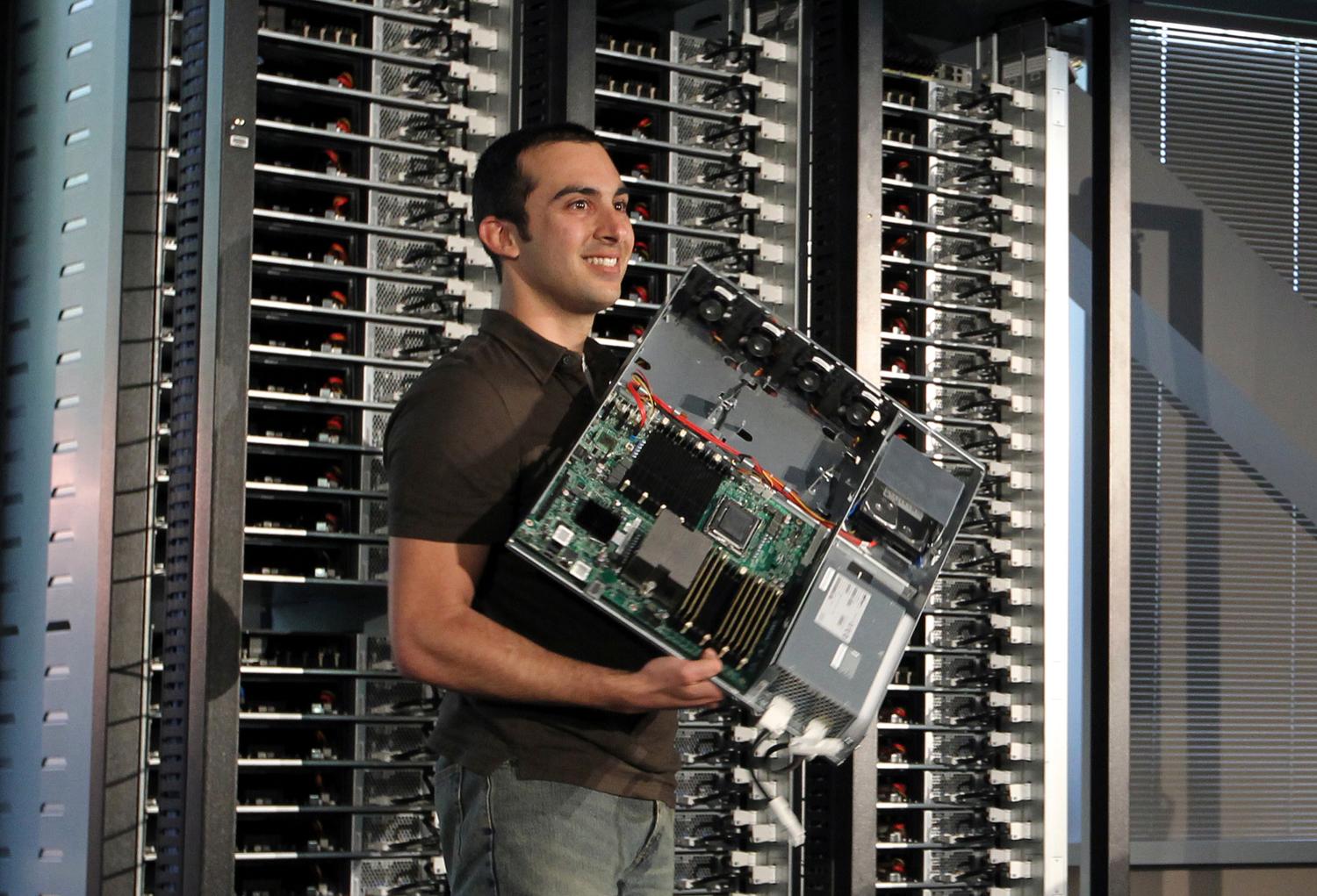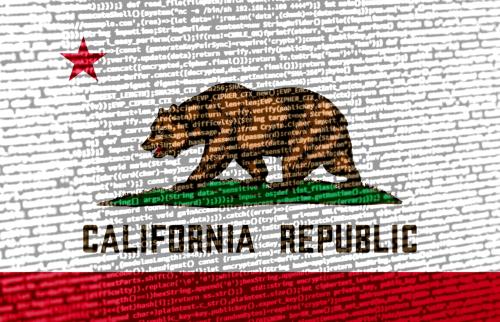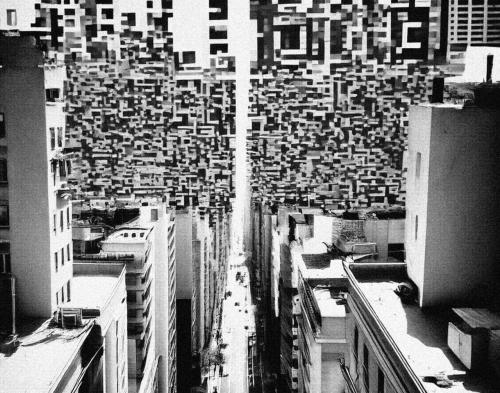Like zombies, there are technologies in a modern city that stagger on, slowly, relentlessly consuming the minds and productivity of the living; they must die! They were once living, cutting-edge innovations, which brought new productivity to our city staff and new services to our citizens. Desktop technologies allowed new levels of communications and collaboration, freeing us from the old mainframe infrastructure accessible only to a few. But now they trap us behind a desk or in an office and limit communications and collaboration by slowing us down with infrastructure having little to do with the core mission of a city. It is less about the hardware, software or even the ones and zeros, than about freeing our people from drudgery of routine work—work that can now be accomplished by new technologies, allowing employees the freedom to do what they do best: engaging others and being creative. We propose that there these “zombie technologies” exist on the desktop, in communications/collaboration technologies and in infrastructure technologies.
Desktop technologies
We forget that 30 years ago “desktop technology” would have consisted of a desk, files, a phone and maybe a terminal to the mainframe. The personal computer (PC) gave each worker access to a wide array of software tools (e.g., WordStar, Lotus 1-2-3, and Harvard Graphics) on their computer, and via the network, to our enterprise applications to run city business. But now these very same legacy technologies slow us down.
Having thousands of PCs requires ongoing and expensive refresh programs to fight obsolesce and individual maintenance just to keep the “box” running. Virtual desktops put a simple dummy terminal on the desktop and rely on a much more powerful and faster central server, which dramatically lowers costs by centralizing upgrades, maintenance, and security. With the increased speed of Internet connections and laptops, workers can access the central server, and the “desk” can be anywhere that there is access to the Internet. With the power of tablet computers and smartphones enabling remote work, coming into the office is becoming an anachronism. We are seeing the rise of Bring your Own Device (BYOD), where staff can use their personal devices to blend work and personal life. It becomes an important “lifestyle” benefit to no longer be bound to a desk. You can watch your child’s soccer game and respond to emails all the while avoiding the commute. This is a significant shift in culture.
The enterprise applications that replaced the mainframe and custom-developed software are now being replaced by Software as a Service (SaaS) in the cloud. Much like on-premises enterprise solutions allowed employees across a city to use the same software to follow common business practices, SaaS solutions allow employees from many cities and companies to use the same software. By paying a subscription, usually per user, the cost of the service becomes an ongoing operating expense, and saves the effort of raising capital to replace technology.
This shift to SaaS is not without its organizational cultural shifts. The largest being a sense of loss of control. How can you trust hardware, software, and data that are somewhere in the cloud rather than on our server in our datacenter you can see? Since SaaS upgrades and maintenance happen continuously, there can be the same disorientation, such as when a smartphone application upgrades and we need to learn how to use its new features.
The underlying concerns with SaaS center on security, loss of service, data ownership and “lock-in” (loss of the ability to move to another SaaS provider). However, security often increases dramatically after centralization, since the SaaS provider must meet the highest standards and regulatory requirements for all its users versus our local security efforts. Loss of service, data ownership and other issues can be managed with smart contracts that define service levels, ownership, and provide for independent verification and monitoring.
Communication and collaboration
When electronic mail was new, it was hailed as a means for nearly instant communication and collaboration. Gone was the time and work involved in drafting letters and memos, then mailing or faxing them. Email has become ubiquitous and the standard for how city staff engages with one another. This has led to email overload and overreliance—many users continue to use it even though better alternatives are now available. With the advent of social media and collaboration technologies, email becomes another zombie technology. It is now possible for workgroups to engage in a richer, real-time dialog by connecting with other groups via video streaming, social platforms, blogs, instant messaging, and other collaboration tools like wikis and SharePoint.
Meanwhile, the old fax machine staggers along where there is still a requirement for ink signatures (perhaps signed with goose quill pens). Lost is the data content that would benefit both the sender and the receiver. This anachronism might also die soon as electronic signature technologies that ensure authentication of the signer are gain acceptance. Similarly, pagers are no longer the status symbol they once were. They endure in the minds of many as the penultimate “if all else fails” back-up communications device. Despite newer cell technologies, they are more robust since bandwidth can be reserved in many jurisdictions for government use during emergencies. Perhaps, like the fax machine, pagers will become relics of a bygone era.
Infrastructure
Just as mobile devices, SaaS, social and collaboration technologies are publicly killing off zombie technologies, the infrastructure that makes it all work is evolving. Data-center servers provide the processing power and storage for a city’s technologies. Similar to the desktop PC, the hardware and software in a data center need to be upgraded and maintained, and both physical security and cybersecurity need to be kept. Beyond being expensive, maintaining information technology is really not a core function of a modern city—especially when Infrastructure as a Service is now a reality. Why build a data center when the services of a center can be rented? This allows a city to benefit from the current hardware and software along with state-of-the-art security.
Likewise, service desk call centers are shifting to managed services, a move which allows a city to purchase only as much of a service as is needed, when it is needed. This frees staff from answering simple generic help desk calls, and we can also expand the hours of service by outsourcing calls after hours.
Concluding Thoughts
It is important to remove old technologies given their limiting factors from an innovation and process design perspective. Old technologies take more time and effort to support, which takes time away from innovation. Having a solid technology life cycle strategy ensures that we are constantly reviewing our technologies for efficiency and effectiveness. Like the zombies of popular imagination, old dated technologies must die to allow the living, evolving city to survive and grow to meet our citizens’ demands for higher levels of service.
Read more essays in the Ideas to Retire series here.
The Brookings Institution is committed to quality, independence, and impact.
We are supported by a diverse array of funders. In line with our values and policies, each Brookings publication represents the sole views of its author(s).





Commentary
Idea to retire: Zombie technologies in the workplace
March 9, 2016